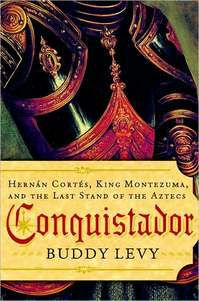 Source of drawing: online version of the NYT article quoted and cited below.
Source of drawing: online version of the NYT article quoted and cited below.
Maybe the point of much of the urgent, contradictory eco-crusades, is not so much to save the earth as to make us feel guilty about consuming, as a way to undermine the human progress that comes from capitalism?
(p. 1) DESPITE the expense and the occasional back strain, Mary Burnham, a public relations consultant in San Francisco, felt good about the decision she made a few years ago to buy milk — organic, of course — only in heavy, reusable glass bottles. For the sake of the environment, she dutifully lugged them back and forth from the grocery store every week. Cutting out disposable paper cartons, she reasoned, meant saving trees and reducing waste.
Or not. A friend, also a committed environmentalist, recently started questioning her good deed. “His argument was that paper cartons are compostable and lightweight and use less energy and water than the heavy bottles, which must be transported back to a plant to be cleaned and reused,” she said. “I have no idea which is better, or how to find out.”
Ms. Burnham, 35, recycles religiously, orders weekly from a community-supported farm, buys eco-friendly cleaning products and carries groceries in a canvas bag. But she admits to information overload on the environment — from friends, advice columns, news media, even government-issued reports. Much of the advice is conflicting.
“To say that you are confused and a little fed up with the often contradictory messages out there on how to live lightly on the earth is definitely not cool,” she said in an e-mail message. “But, heck, I’ll come out and say it. I’m a little overwhelmed.”
She is, in other words, a victim of “green noise” — static caused by urgent, sometimes vexing or even contradictory information played at too high a volume for too long.
. . .
(p. 8) . . . , as Mr. Hawken said, “even people inside the movement have the same feeling — burnout.”
For the full story, see:
ALEX WILLIAMS. “That Buzz in Your Ear May Be Green Noise.” The New York Times, SundayStyles Section (Sun., June 15, 2008): 1 & 8.
(Note: ellipses added.)







